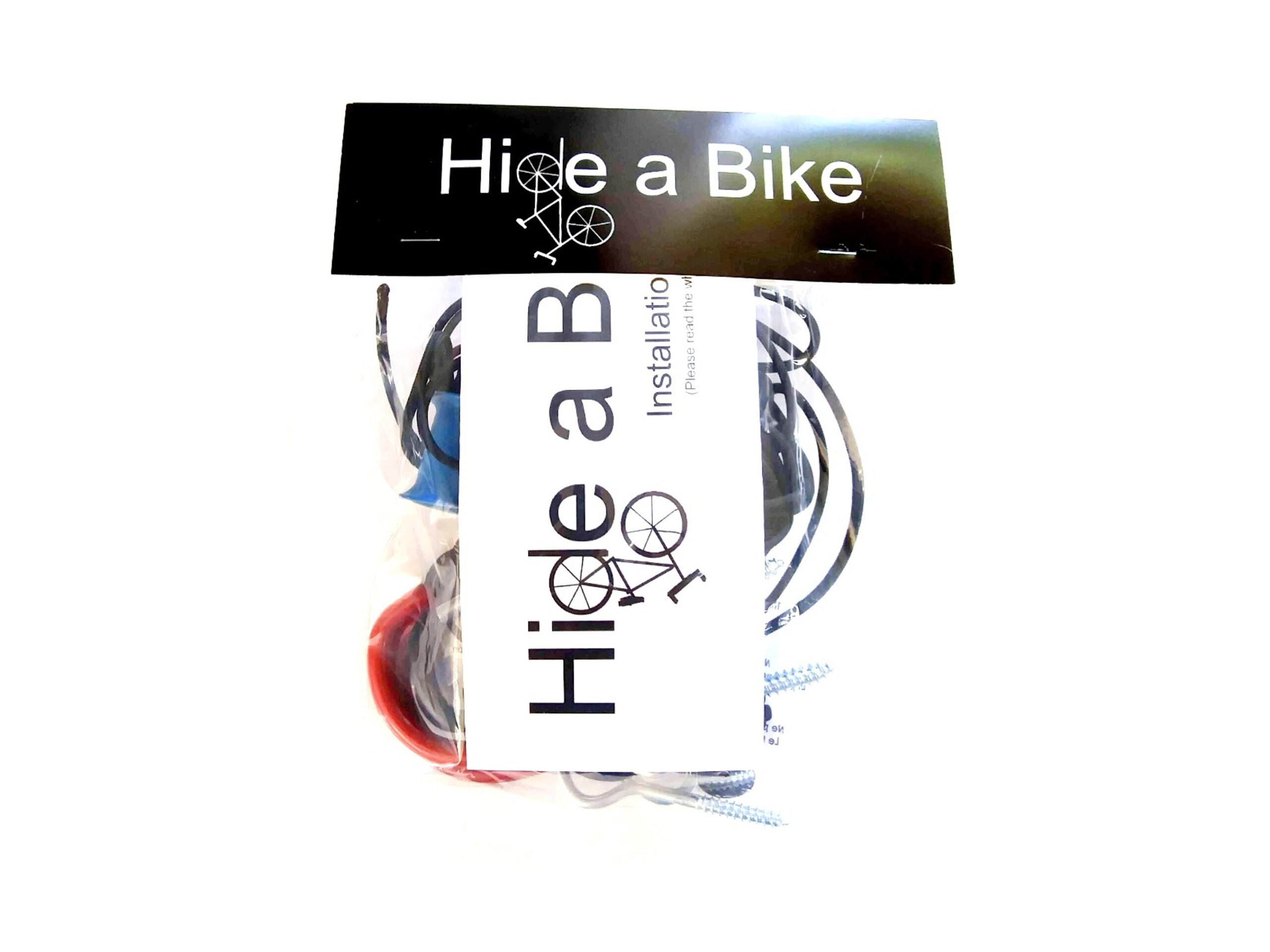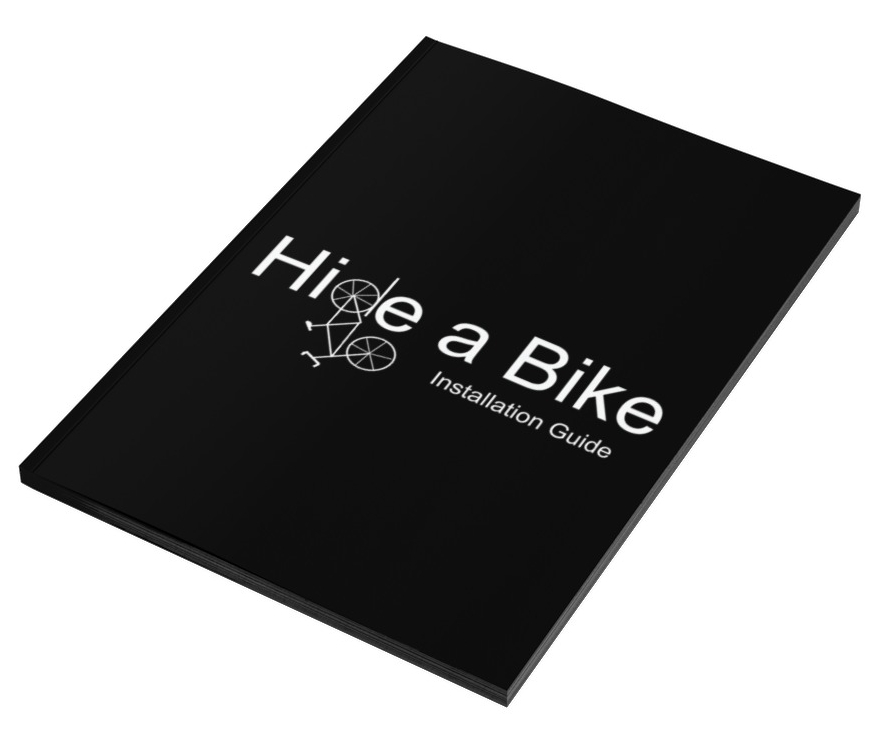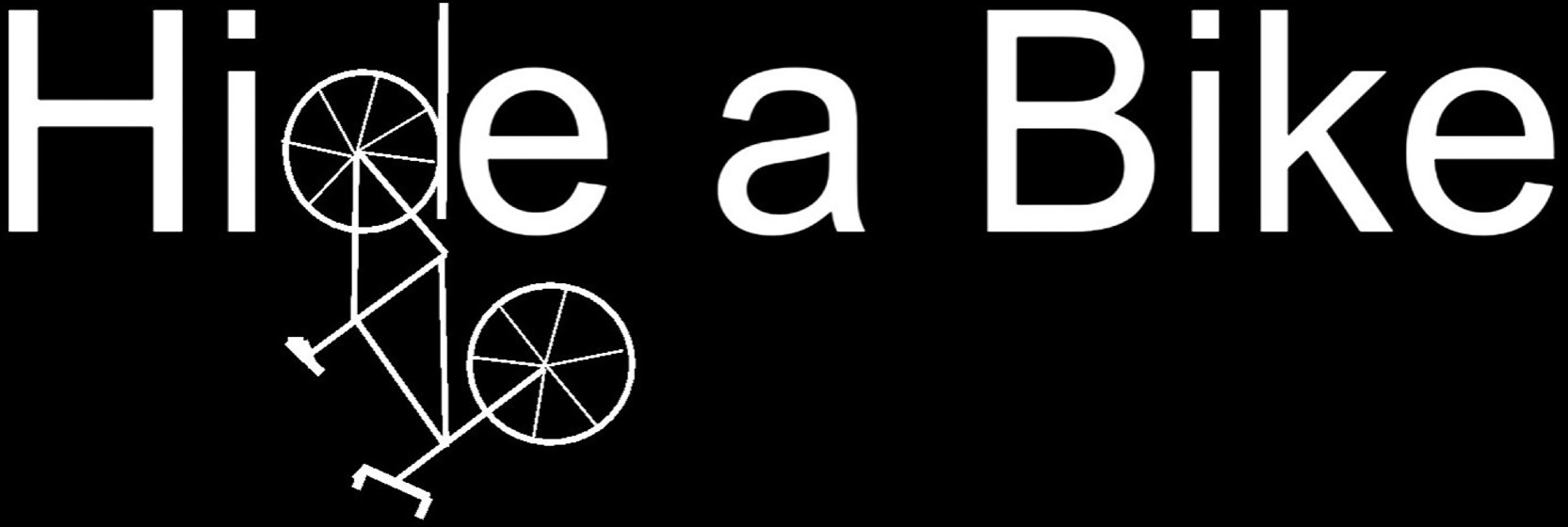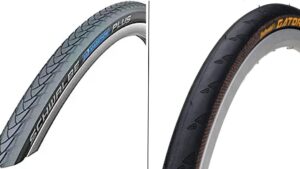How To Ride A Bike: A Beginner's Guide For Newbies

Learn how to ride a bike, so you can experience the thrill of being on two wheels.
*This article may contain affiliate ads that help to support this site*
Cycling is a popular recreational activity enjoyed by millions of people around the world. It’s an easy and eco-friendly way to commute, exercise, and explore the outdoors. However, if you’re new to biking, it can be intimidating to get started. In this article, we will guide you on how to ride a bike and help you gain the confidence you need to hit the road.
Riding a bike is a skill that once learned, can provide you with a lifetime of enjoyment and benefits. You can explore new places, meet new people, and get a great workout all at the same time. Whether you’re commuting to work, running errands, or just enjoying a leisurely ride, biking is a healthy and affordable way to get around. So, let’s get started and learn how to ride a bike!
Benefits Of Riding A Bike
There are numerous benefits to riding a bike, both for your personal health and for the environment. One of the most significant benefits of riding a bike is the impact it can have on your physical health. Biking is an excellent form of aerobic exercise that can help improve your cardiovascular health, build muscle tone, and increase your overall endurance. Regular biking can also help lower your risk of chronic illnesses such as heart disease, diabetes, and obesity.
In addition to the physical benefits, biking can also be an excellent way to improve your mental health. Studies have shown that regular exercise, such as biking, can help reduce stress and anxiety levels and improve overall mood. Biking outdoors can also provide a sense of freedom and connection to nature, leading to a more positive outlook on life.
Biking is also an eco-friendly form of transportation that can help reduce your carbon footprint. Unlike cars or other vehicles that emit harmful pollutants, bikes produce no emissions, making them an excellent choice for those who want to reduce their impact on the environment. By choosing to bike instead of drive, you can reduce traffic congestion, air pollution, and noise levels in your community.
Lastly, biking can save you money, and who doesn’t want to save more money?! With the rising cost of gas and maintenance for cars, biking is a cost-effective way to get around. You don’t need to worry about paying for gas, car insurance, or parking fees, making biking a great option for those who want to save a dollar.
Preparing To Ride
Before you can start riding a bike, it’s essential to make sure that you’re prepared and have the proper equipment. In this section, we will discuss the key steps you should take to prepare to ride a bike, including checking your bike, adjusting the seat height and handlebars, and choosing the appropriate gear.
The first step in preparing to ride a bike is to check your bike for any issues. You should inspect your bike to make sure that the tires are inflated, the brakes are working correctly, and the chain is properly lubricated. It’s also important to make sure that the pedals are secure and that all the bolts on the bike are tight. By checking your bike for any issues, you can ensure that your ride is safe and enjoyable.
Once you’ve checked your bike, it’s time to adjust the seat height and handlebars. The seat height should be adjusted so that when you sit on the bike, your feet can touch the ground, but your legs are not fully extended when you pedal. A comfortable saddle will make all the difference in how much you enjoy your ride! The handlebars should be adjusted so that they are at a comfortable height and distance from your body. A proper fit will ensure that you are comfortable and can control the bike safely.
Choosing the appropriate gear is also important when preparing to ride a bike. You should wear comfortable clothing that allows you to move freely, and that won’t get caught in the bike’s moving parts. It’s also essential to wear a helmet to protect your head in case of a fall or accident. You may also want to consider wearing gloves to protect your hands and padded shorts for added comfort.
In addition to the bike and equipment, it’s also important to prepare yourself mentally and physically for the ride. Make sure that you are well-rested, hydrated, and have eaten a balanced meal. It’s also a good idea to stretch before getting on the bike to prevent injury and warm up your muscles.
Starting To Learn
Starting to ride a bike can be a bit intimidating, especially if you’re new to cycling. However, with a bit of practice and the right technique, you can quickly become comfortable and confident on your bike. Some of the key steps you should take to start riding a bike, include learning mounting and dismounting, balancing, and pedaling.
1) Mount And Dismount: The first step in starting to ride a bike is to mount and dismount the bike properly. To mount the bike, stand on the left side of the bike and swing your right leg over the back of the bike, straddling the bike with both feet on the ground. Then, grasp the handlebars and lift yourself onto the seat while simultaneously pushing off the ground with your left foot to start moving forward. To dismount, come to a stop with both feet on the ground, swing your right leg back over the bike, and step off with your left foot.
2) Balance: Once you’re on the bike, the next step is to learn how to balance. Balancing on a bike involves keeping your weight centered over the bike’s wheels. To do this, you should focus on keeping your upper body and head still while moving your hips and legs to make small adjustments to maintain balance. It can be helpful to practice balancing by riding in a straight line or by coasting down a gentle slope. It will be much easier to balance if you are moving slowly. A gentle hill is very helpful with this step.
3) Pedaling: Finally, it’s time to start pedaling. To pedal, push down on one pedal with your foot. If you mount the bike by swinging your right leg over, then your right foot will push down on the pedal first. Make sure this pedal is up and in a position where it can be pushed down by your right foot. This will turn the bike’s wheels and move you forward. When the left pedal rises, put your left foot on the pedal and push down with the left foot. You should aim to pedal smoothly and consistently, keeping your upper body relaxed and your eyes looking ahead.
4) Braking: Before you start riding too fast, it’s important that you learn how to brake properly. If you’re bicycle has handlebar brakes, then gently pull back on the brakes until you come to a smooth, controlled stop. If you’re bike doesn’t have handlebar brakes, then most likely you just need to pedal backwards to stop. Again, make sure you slow down in a smooth, controlled fashion. As you get more comfortable with applying your brakes, try braking harder and faster at greater and greater speeds. Ideally, you want to eventually be able to brake as hard as you can, while going very vast, and still maintain control of the bike. This skill can possibly save your life!
It’s important to remember that starting to ride a bike takes practice, and it’s normal to feel a bit wobbly or unsteady at first. Start by practicing in a safe, flat area, and gradually build up your skills and confidence. With time and practice, you’ll soon be riding confidently and comfortably.

Hide A Bike Kit
Is your garage starting to become a mess? Save space by storing your bikes flat against the ceiling.
Riding Techniques
Once you’ve mastered the basics of starting to ride a bike, it’s time to focus on developing more advanced riding techniques. Riding techniques involve a range of skills, including shifting gears, braking, and cornering. In this section, we will discuss the key riding techniques that you should focus on to become a proficient cyclist.
One of the most important riding techniques to master is shifting gears. Shifting gears allows you to adjust the bike’s resistance and maintain a comfortable pace as you ride. To shift gears, use the shifters located on the handlebars to move the chain onto a larger or smaller gear. You should aim to shift gears smoothly and at the appropriate time to avoid strain on your legs or the bike’s drivetrain.
Braking is probably the most important skill you need to master once you learn how to go forward. This skill can save your life! Proper braking technique involves using both the front and rear brakes to slow down or stop the bike. You should apply the brakes gradually and evenly, using the rear brake to slow down and the front brake to stop quickly. Remember to avoid squeezing the brakes too hard, which can cause the wheels to lock up and result in a skid or loss of control. Although I do suggest practicing skid stops just in case you need to do it in real life to avoid a collision.
Cornering is also an important riding technique. Proper cornering technique involves approaching the turn at a comfortable speed, leaning the bike in the direction of the turn, and maintaining your balance through the turn. You should aim to look ahead and plan your line through the turn to avoid obstacles and maintain a smooth path.
Finally, it’s important to focus on proper posture and form when riding a bike. Maintaining an upright posture with your elbows slightly bent and your eyes looking ahead will help you stay balanced and in control. You should also aim to pedal with a smooth, circular motion and avoid gripping the handlebars too tightly, which can cause strain on your hands and wrists.
Mastering these riding techniques is an important part of becoming a proficient cyclist. By focusing on shifting gears, braking, cornering, and maintaining proper posture and form, you can ride safely, efficiently, and with confidence. So, take the time to practice these techniques and you will enjoy cycling much more!
Safety Tips
While riding a bike is a fun and healthy activity, it’s important to prioritize safety to avoid accidents and injuries. In this section, we will discuss some key safety tips to keep in mind when riding a bike.
First and foremost, always wear a properly fitting helmet when riding a bike. A helmet can help protect your head in the event of a fall or collision, reducing the risk of serious injury. Make sure your helmet is snug but comfortable, and adjust the straps to keep it in place.
It’s also important to make sure your bike is in good working order before you ride. Check the brakes, tires, and chain regularly, and make any necessary repairs or adjustments. You should also make sure your bike is the right size for you, with the seat and handlebars adjusted to your height and comfort level.
When riding on the road, always obey traffic laws and signals. Use hand signals to indicate when you’re turning or changing lanes, and ride with traffic, staying as far to the right side of the road as possible. Be aware of your surroundings and stay alert for cars, pedestrians, and other obstacles.
In addition, always wear bright or reflective clothing when riding in low-light conditions, such as early morning or evening. This will make you more visible to drivers and reduce the risk of accidents. It can also be beneficial to use a headlight-taillight combo at night time so that you can see, and on-coming motorists can see you!
Finally, it’s important to practice defensive riding techniques. Assume that drivers may not see you, and always be prepared to take evasive action if necessary. Stay alert and avoid distractions such as using your phone or listening to music while riding.
Prioritizing safety is essential when riding a bike. By wearing a helmet, maintaining your bike, obeying traffic laws, wearing visible clothing, and practicing defensive riding techniques, you can reduce the risk of accidents and enjoy a safe and enjoyable ride.

Hide-A-Bike Installation Guide
If you want to put together a Hide-A-Bike kit for yourself, just download these easy to follow, step-by-step directions, complete with a full hardware and parts list.
You Can Do It!
In conclusion, learning how to ride a bike is an exciting and empowering experience that can provide a range of physical and mental health benefits. By following the steps outlined in this guide, you can start riding confidently and safely in no time.
Remember to prepare properly by choosing the right bike, wearing appropriate clothing and gear, and ensuring your bike is in good working order.
When starting to ride, focus on mastering the basics of balance and control, and gradually build up your skills and confidence. As you become more comfortable on your bike, you can start to develop your riding techniques, from shifting gears and braking to cornering and maintaining proper posture.
Finally, prioritize safety at all times by wearing a helmet, obeying traffic laws, and practicing defensive riding techniques. But remember the most important thing of all is to get out there and have fun!
Share This Article With A Friend
Did You Read This Whole Article?

You deserve a gift! Enter your email to receive a FREE copy of the Hide-A-Bike Installation Guide! And once a month we will send you a newsletter with the best deals on the internet for bicycle gear and accessories.
About Hide A Bike

Save space by keeping your bike flat against the ceiling with the original easy and convenient bicycle storage solution.
Thank You For Visiting!

You deserve a gift! Enter your email to receive a FREE copy of the Hide-A-Bike Installation guide. And once a month we will send you a newsletter with links to our best finds on bicycle gear and accessories.
Share This Article:
Most Popular Articles:
Article Categories:
Related Articles:

Wheels Of Change: The Role Of Bicycles For Social Justice

Explore The Unique Bond Of Biking With Your Dog






